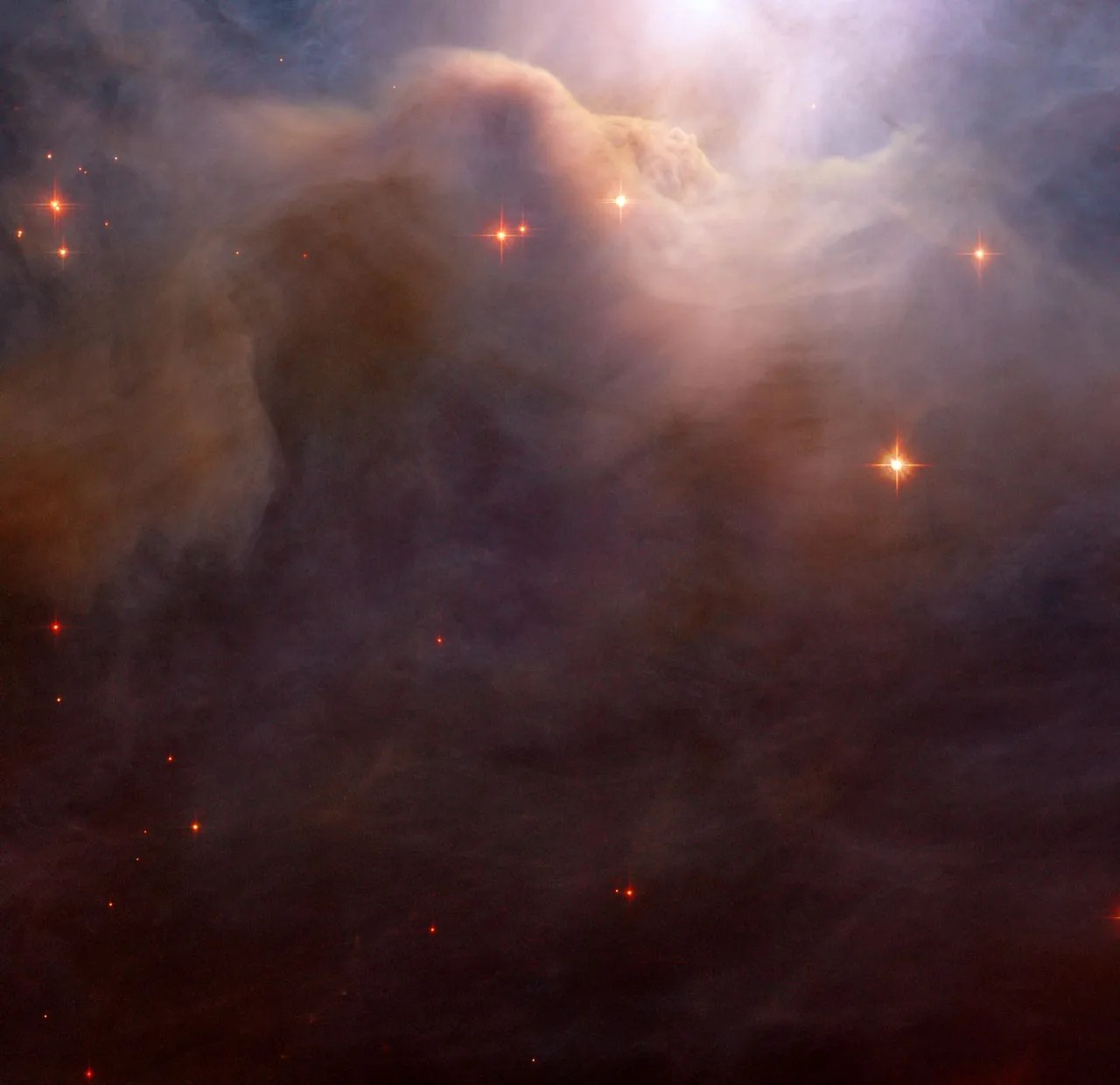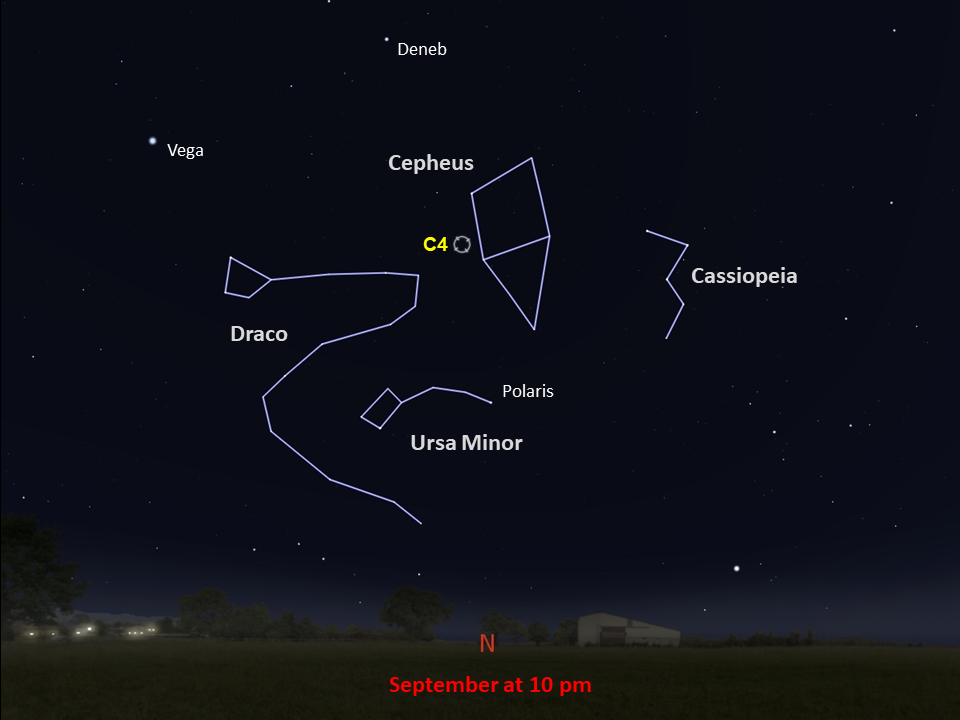Caldwell 4
Also called the Iris Nebula, or NGC 7023, Caldwell 4 is of particular interest to astronomers.
Distance
1,400 light-years
Apparent Magnitude
7.0
constellation
Cepheus
object type
Reflection Nebula

This beautiful, blushing nebula is unique amongst its counterparts. While many of the nebulae visible in the night sky are emission nebulae — clouds of dust and gas that are hot enough to emit their own radiation and light — Caldwell 4, otherwise known as the Iris Nebula or NGC 7023, is a reflection nebula. This means that its color comes from the scattered light of its central star, which lies nestled in the abundant star fields of the constellation Cepheus. Located some 1,400 light-years away from Earth, the Iris Nebula’s glowing gaseous petals stretch roughly 6 light-years across.
The Iris Nebula was discovered by German-British astronomer Sir William Herschel on October 18, 1794. (Herschel has an impressive track record, having also discovered the planet Uranus and having been knighted in 1816.) His Iris Nebula has an apparent magnitude of 7. Located near the North Celestial Pole and the North Star (Polaris), Caldwell 4 is nearly impossible to see from the Southern Hemisphere. For best viewing in the Northern Hemisphere, use a telescope in early autumn to star hop from the two brightest stars in the constellation Cepheus. Since the Iris Nebula is faint and diffuse, dark skies away from city lights are recommended for viewing it.
This nebula is of particular interest to scientists because of its colors. Reflection nebulae glow because they are made up of extremely tiny particles of solid matter, up to 10 or even 100 times smaller than dust particles on Earth. These particles diffuse the light around them, giving the nebula a second-hand glow that’s typically bluish (like our sky). While the Iris Nebula appears predominantly blue, it includes large filaments of deep red, indicating the presence of an unknown chemical compound likely based on hydrocarbons. Studying nebulae like this one helps astronomers learn more about the ingredients that combine to make stars.
This close-up image, showing one rosy-colored region within Caldwell 4, is a composite of four exposures captured by Hubble’s Advanced Camera for Surveys in visible and near-infrared filters. Astronomers also studied the nebula with Hubble’s Near Infrared Camera and Multi-Object Spectrometer (NICMOS) to try to determine which chemical elements are present in Caldwell 4.
For more information about Hubble’s observations of Caldwell 4, see:
Blushing Dusty Nebula
ESO, S. Brunier, Digitized Sky Survey 2, Adam Block/Mount Lemmon SkyCenter/University of Arizona (Board of Regents), and ESA/Hubble

Glossary
Apparent Magnitude - The brightness of an astronomical object as seen from Earth, influenced by the object's distance from Earth, its absolute magnitude, and even gas and dust that lie between the object and Earth.
Emission Nebula - A cloud of ionized gas that emits energy at wavelengths across the electromagnetic spectrum, causing it to glow with vibrant colors.
Nebula - An interstellar cloud of dust and gas; either a location where new stars are being forged or a cloud of material ejected into space by a dying star.
Reflection Nebula - A nebula that does not emit light of its own but shines because starlight is scattered or reflected off the dust cloud.
Explore Hubble's Caldwell Catalog
The following pages contain some of Hubble’s best images of Caldwell objects.

Caldwell 1
Also known as NGC 188, this group of stars formed from a large cloud of gas making the stars roughly…

Caldwell 2
This shell of gas is expanding outward, away from the dying star within.

Caldwell 3
This barred spiral galaxy was first spotted by British astronomer William Herschel in April 1793 in the constellation Draco.




